Multimedia virtual art exhibit to feature ‘Expressions for Social Justice’
Sac State’s Center on Race, Immigration and Social Justice to host
Kendall Wharry works on her iPad on the back porch of her Sacramento apartment on Monday, April 26, 2021. Wharry, a social sciences major and artist, said her work is a “reclaiming of self” after a historic summer of racial protests. Photographed via Zoom. (Patrick Posuniak)
By Katerina Graziosi
May 6, 2021
Jorge Quintana’s first poem was crumpled on the blacktop at Ethel Phillips Elementary School in the third grade.
Its recipient, a girl Quintana had a crush on, disregarded the clever rhyme scheme and meticulous folding of paper as she threw it into the trash. Quintana chuckled as he recalled the memory from his early days as a poet.
“That same year we had an assignment to write a poem, and I just quit because I kept trying to make up a life I didn't have,” said Quintana, a Sac State alum.
Now, Quintana’s poetry will be featured in a virtual art exhibit titled “Un/Equal Freedoms: Expressions for Social Justice.”
Sac State’s Center on Race, Immigration and Social Justice will host the virtual exhibit starting May 13, featuring 32 multimedia works produced by solo artists and groups from the Sacramento region centering on the titular theme of “unequal freedoms” – the systemic and social inequalities faced by marginalized communities.
Monicka Tutschka, political science professor and CRISJ art-subcommittee member, has been working to organize the exhibit in partnership with artists, co-sponsors and community partners as well as Sac State students, faculty and alumni.
“I have many students in my classes who can't go to evening art performances because they work, or because they have families,” Tutschka said about the exhibit’s inception last fall. “The genesis was how do we bring art to Sac State students who don't have the privilege of going to a two-hour [art] show, and those are incredibly important, but they're just not available because of COVID.”

RELATED: PREVIEW: Sac State theater students to perform award-winning play through Zoom
The CRISJ art subcommittee received almost 90 submissions from their artist callouts and after three days of deliberation, selected 34 works, of which 32 submissions have been finalized, according to Tutschka. She added the subcommittee is intentionally composed of diverse members and perspectives, including students, community organizers, lecturers and professors.
Summer Ventis, professor of art and CRISJ subcommittee member, said the invitation to participate in the exhibit was to address “unequal freedoms” and could be interpreted broadly.
“Art is a separate form of communication for a reason because there are some things that need to be said visually, or through music or through dance,” Ventis said. “We have a real diversity, not only of perspectives, but also of media represented in the show.”
RELATED: Sacramento artist offers art studio perfectly ‘Taylor’d’ to the community
Tutschka said the exhibit was made financially possible through co-sponsors like the City of Sacramento's Office of Arts and Culture, Sacramento Region Community Foundation, NextGen Policy and Sacramento city councilmembers Eric Guerra and Jeff Harris. She added that in addition to funding the building of a website to host the exhibit, part of the contributions will go to the artists featured as a “token of appreciation.”
Solo artist submissions receive $500 while group submissions receive $1000, Tutschka wrote in an email on April 21. She added that students who submitted work as part of a class are not eligible for financial awards per university policy.
“The picture the [CRISJ] team painted was very compelling for me,” said Ken Spence, senior advisor at NextGen Policy, about the partnership with Sac State. “I thought that the comprehensive approach and the equity focus throughout the different facets of the project seemed very thoughtful.”
Tutschka said that CRISJ used a holistic approach to providing access and opportunity throughout the entire exhibit experience, including the process of displaying work.
“We gave people the option to reach out to us if they didn't have the technological capabilities to upload work samples, because to have a professional photographer take pictures of your work to make it look a certain way cost[s] money, and it requires connections,” Tutschka said.
Selected artists were provided access to photography services to “try to deconstruct that barrier,” according to Tutschka.
RELATED: Sacramento’s music and live entertainment scene prepares for post-pandemic comeback
Tutschka said the exhibit was made to align with Sac State’s Antiracism and Inclusive Campus Plan.
“We are deeply committed to trying to offer a critique of racism and the works center that,” Tutschka said. “We are trying to offer visions of what a society might look like if those racist structures, institutions and attitudes were dissolved or at least not as harmful.”
Ventis added that a part of any antiracism initiative is connection to the community.
“Through this project, one of the main goals that was articulated was the idea that we wanted to make people who are members of the community really feel that the university is there for them, that that the university is not a separate entity from the community,” Ventis said. “I think that connection to the community, for me, is one of the most important things about this project.”
“Un/Equal Freedoms: Expressions for Social Justice” will be free to the public and a link to the exhibit will be made available May 13, according to the website.
The following is a preview of some of the artists’ works.
The Artists
Click on the titles below to hear more from the artists and see previews of their work.
Jorge Quintana – “The poem where my people never suffer”
Jorge Quintana performs a poem honoring his ancestry. Quintana said he hopes it inspires love. Video courtesy of Monicka Tutschka.
Multimedia artist Jorge Quintana said his spoken word poem, “The poem where my people never suffer,” was inspired by the lives of his ancestors.
“I choose to honor the resiliency of my ancestry that has led me to be me,” Quintana said. “By remembering them not as a people who were colonized, but as a people who lived.”
Quintana said he was excited to be one of the artists selected for “Un/Equal Freedoms: Expressions for Social Justice.”
“I wanted to see more institutional programs reflecting art,” Quintana said. “Now I get to be a part of this new model for this program, and that’s really cool.”
Quintana, who once thought about quitting poetry, now finds joy in performing in slams and talent shows. Quintana said he will perform a poem for Sac State’s upcoming virtual Chicanx and Latinx Recognition Ceremony for graduates.
Quintana said experiencing art together is the closest thing people can have to a shared experience or emotion.
“I would say that for anyone who listens to this poem, I just hope that if anything you could just feel the love, the love of all the people that have supported me through the years,” Quintana said.
Oke Junior – “Elmhurst”
File photo: Matthew Osivwemu, who goes by Oke Junior, is photographed Sept. 5, 2019 at Sac State. Junior said making music allows him to vent about his experiences, adding that there is power in sharing experience through storytelling. (Eucario Calderon)
Music artist Oke Junior performs "Elmhurst." Junior said sharing personal experience can help and inspire others. Video courtesy of Monicka Tutschka.
Oke Junior, a Sac State alum and music artist, said his hip-hop song “Elmhurst” is named after the middle school he went to in East Oakland.
“We experienced a lot in Oakland,” Junior said. “The beat really took me back, and I basically told how it was for me growing up.”
Junior said making music allows him to vent about his experiences, adding that there is power in sharing experience through storytelling.
“There’s a wave of art where people tell stories about themselves and tell stories about what they've been through to where that can influence a person going through the same thing,” Junior said. “It really depends on how you look at the artist’s power and what you choose to use your power for.”
Junior said the financial awards for selected artists are a nice touch on behalf of CRISJ and organizing partners.
“A lot of artists took a hard hit when COVID happened,” Junior said. “Being able to be compensated for something like this is amazing and personally, that’s going to go back into my business and my music.”
RELATED: Sac State alumnus and artist Oke Junior talks journey to the top
Genesis “the Mayor” Torres – “It’s just chemicals”
Genesis Torres poses for a portrait alongside the murals painted on the outside of Kadema Hall at Sacramento State on Friday April 23, 2021. Torres is a FBA studio art major at Sacramento State and goes by the artist name “The mayor.” (Deanna Sanchez)
Genesis Torres, a BFA studio art major and student in Ventis’ class, submitted a screenprint as part of a group submission by the advanced printmaking class.
Torres, who goes by the pseudonym “the Mayor,” said he hopes to engage in a conversation about the stigma of mental health with his screenprint titled “It’s just chemicals.”
“We're made to feel like we have to stop expressing it or like it's a self-care kind of process that you have to deal with yourself,” Torres said about mental health. “My hope is that it can bring awareness that it's not so much a solitary process.”
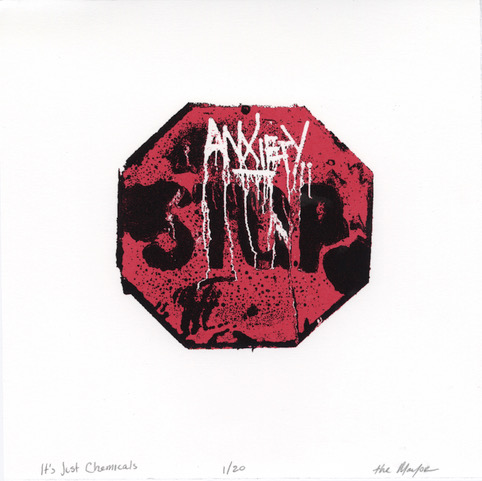
Genesis Torres goes by artist name "the Mayor." Torres said he hopes to bring mental health awareness with his screenprint "It's just chemicals." Image courtesy of Monicka Tutschka.
Torres said the title of his print is a nod to a physiological response in the brain that can occur with some mental disorders as well as a personal saying of his.
“That's a saying I tell myself when I'm going through a hard time,” Torres said about the title of his work. “If I'm dealing with something that seems overwhelming, it’s just chemicals in my brain, and I’ll get through this.”
Torres, who is also president of Sac State’s Print Club, said he finds value in organizations and events that bring the community together.
“The whole goal is to help each other on our personal and career growth,” Torres said. “I feel that's been missing from the artist community.”
Kendall Wharry – “I will always be Black”
Kendall Wharry works on her iPad on the back porch of her Sacramento apartment on Monday, April 26, 2021. Wharry, a social sciences major and artist, said her work is a “reclaiming of self” after a historic summer of racial protests. Photographed via Zoom. (Patrick Posuniak)
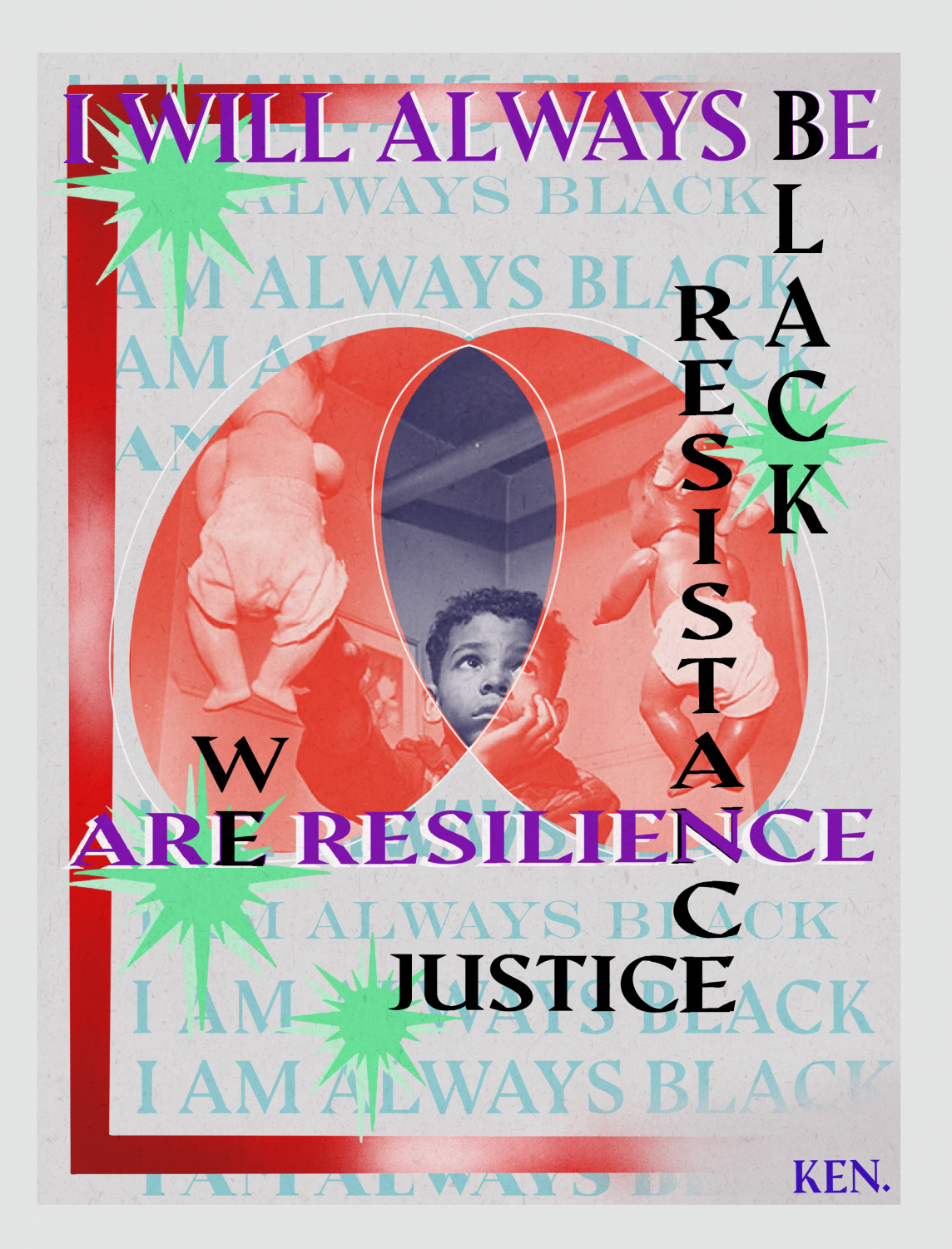
Kendall Wharry believes social justice and art are well connected. Wharry said she used photos from a sociology textbook case study to make "I will always be Black." Digital print courtesy of Monicka Tutschka.
Kendall Wharry, a social sciences major and artist, said her work is a “reclaiming of self” after a historic summer of racial protests.
“Even though I was feeling extremely hopeless, there were also other people that were feeling hopeless,” Wharry said about participating in the protests last summer. “I want to use my art to give somebody an outlet, that they could see this and feel hope regained for themselves.”
Wharry said she created something out of her normal style for the exhibit.
“It’s something you make that makes you happy, there is no right or wrong for art,” Wharry said. “That's why it connects so well to social justice because there's no right or wrong way to say something, as long as you're saying something there is always education that can be learned from it.”
Wharry said she used photographs from famous case studies, like one depicting the Clark “Doll Test” which showed that the majority of school age children expressed preference for dolls with white skin over black skin, exposing the damaging effects of racism engraved through segregation in the 1940s.
“My art is heavily influenced by my activism and my passion for myself and others and making sure that people are being heard,” Wharry said.
Kachiside Madu – “...Breathe” and “Too Black, Too Proud”
Sacramento photographer Kachiside Madu poses with his Sony mirrorless camera on Monday, April 26, 2021. “I'm very passionate about marginalized communities and being able to depict things in the community that in America, oftentimes, are falsified,” Madu said. Photographed via Zoom. (Patrick Posuniak)
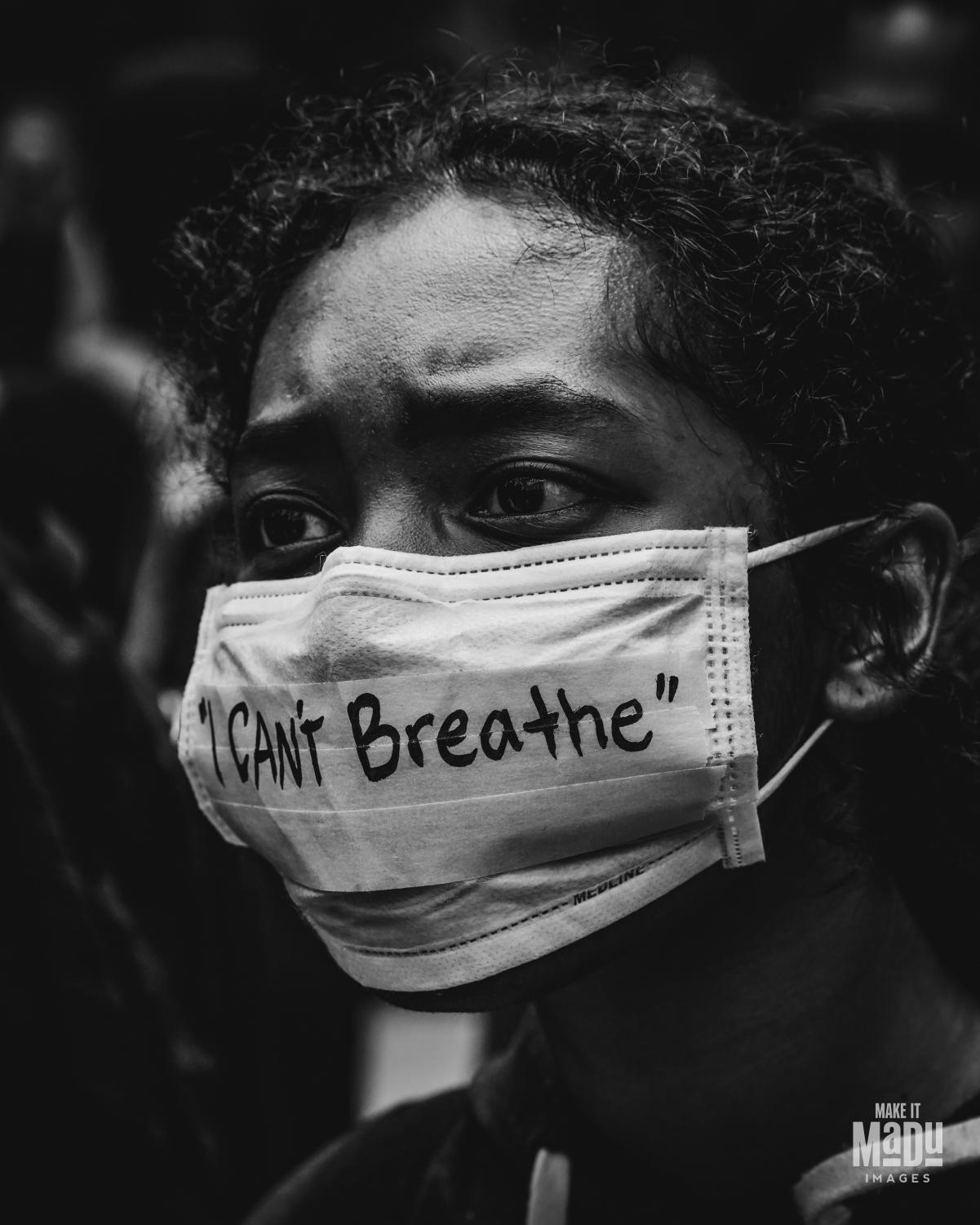
Madu said he finds power in capturing emotion provoking imagery. "...Breathe" was taken at the State Capital on May 30, 2020, during the George Floyd protest. Photo courtesy of Kachiside Madu.
Kachiside Madu, a middle school counselor and professional photographer, has portrait photographs hanging on the wall in his office.
“Whenever a kid comes to my office, whether they are angry or happy, I ask them to take five minutes to tell me which [photograph] they are most drawn to and why,” Madu said. “The edge is being able to have conversations that aren't necessarily forced.”
Madu said the same goes for his photography.
“I'm very passionate about marginalized communities and being able to depict things in the community that in America, oftentimes, are falsified,” Madu said. “I find power in being able to provide communities and folks who come across my pictures with emotion provoking imagery that spark a conversation that can be uncomfortable, but they’re needed for uncomfortable conversations.”
Madu said the financial awards were not necessarily an incentive for him to participate but it does speak to the importance of recognizing art as valuable.
“For Sac State to recognize all that we do in our communities and to respect our crafts and our practices, it does let us know that there is value as being an artist,” Madu said. “I think Sacramento is doing a great job as far as shifting the perspective within the area to promote more creatives to be able to be expressive.”
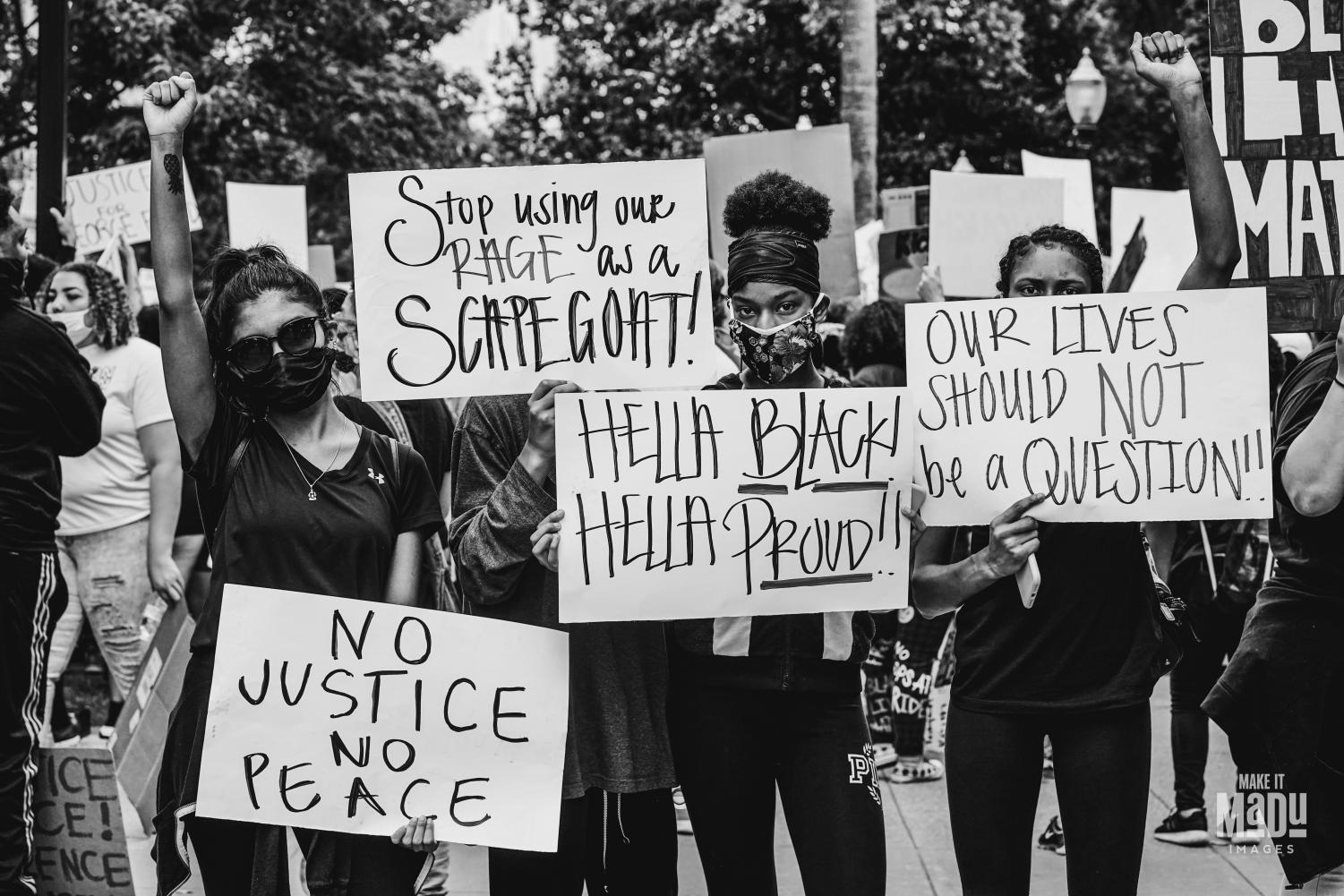
Photographer Kachiside Madu said images like this one help start needed "uncomfortable conversations." "Too Black, Too Proud" was taken at the State Capital at the George Floyd Protest May 30, 2020. Photo courtesy of Kachiside Madu.
Reporting:
Web design:
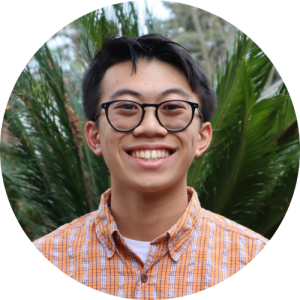
 |  |


View our comment policy here.